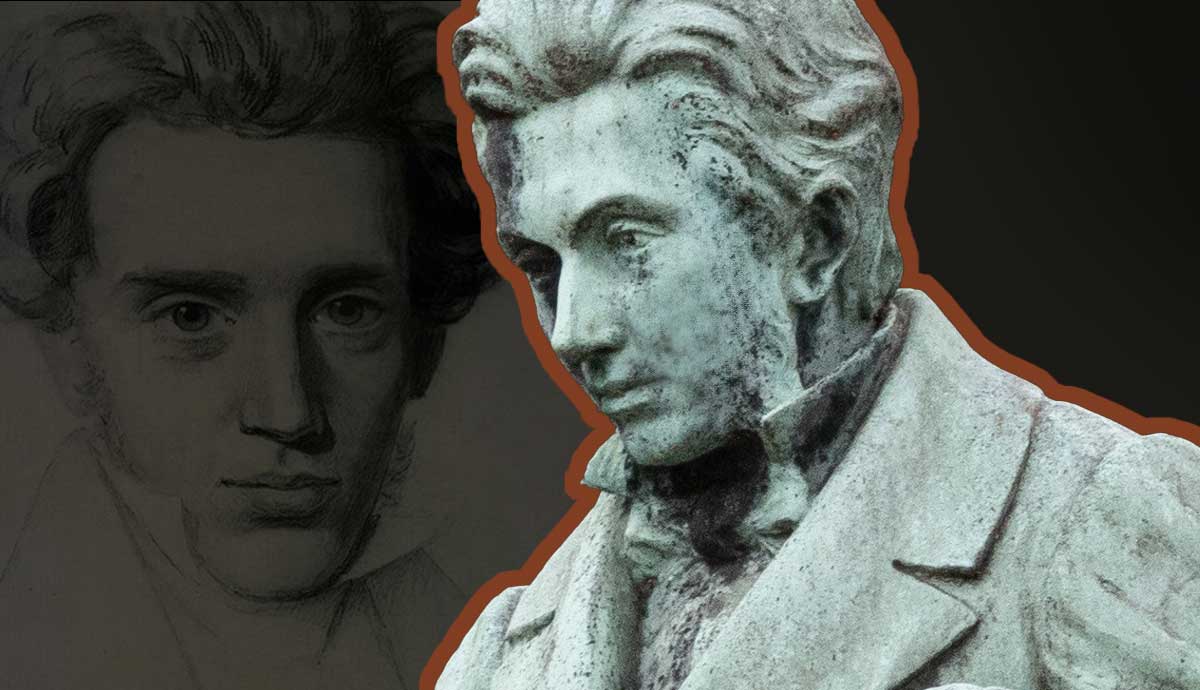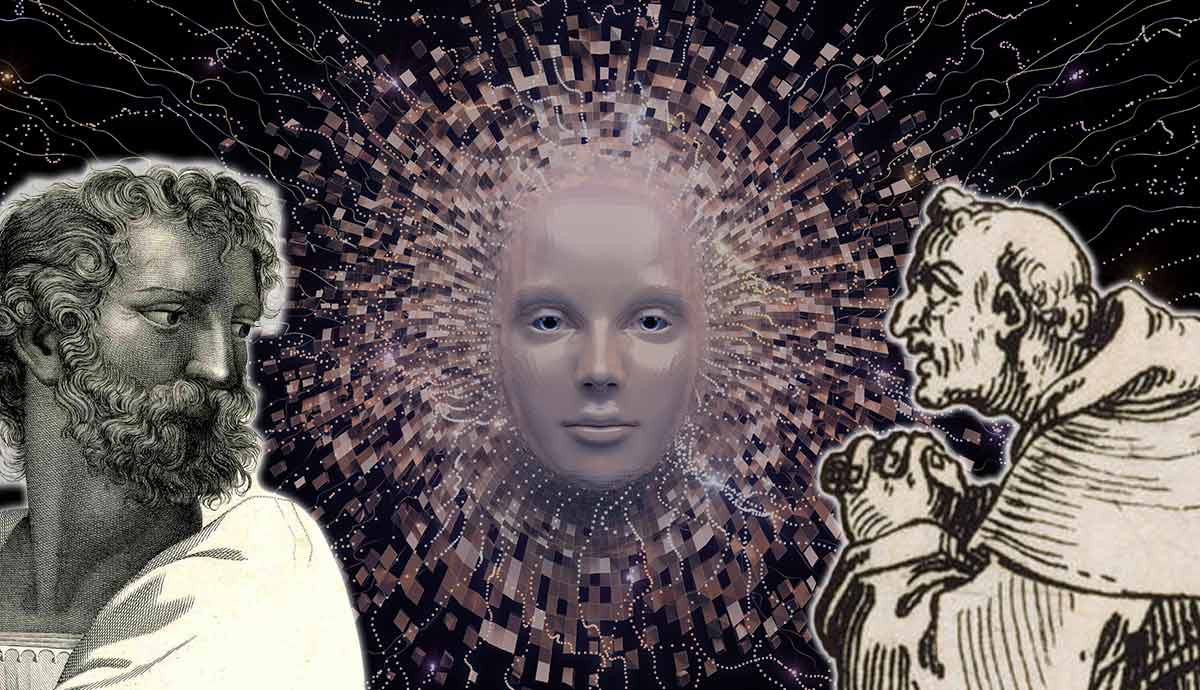
Belief bias is a cognitive bias that makes us assess knowledge claims based on how believable they sound, rather than how logical they are. As a result, we may accept believable yet logically invalid claims, and reject unbelievable yet logically valid ones. As one of the earliest biases to be studied in cognitive psychology, belief bias is a significant phenomenon that has been the subject of extensive research, experiments, and controversy since its discovery.
What Is the Earliest Research on Belief Bias?

The earliest research on belief bias is considered M. C. Wilkin’s The Effect of Changed Material On Ability To Do Formal Syllogistic Reasoning. Published in 1929, this study sought to “determine to what extent ability to do formal syllogistic reasoning is affected by changing the material reasoned about” (Wilkins, 1929). Most importantly, Wilkins wanted to see whether our familiarity with the material we reason about would impact our capacity for logical reasoning and how the latter correlates with general intelligence scores.
After testing 81 participants, he found that the ability to do formal syllogistic reasoning differed depending on the material reasoned about. When confronted with familiar material, participants tended to accept conclusions based on their believability rather than their logical validity. Further, he found that participants with a better ability for syllogistic reasoning scored higher in the general intelligence test. Wilkin’s pioneering study set the groundwork for further studies on belief bias. Today, around a century later, there is a wealth of research on the subject and extensive debate on why it happens.
How Was Belief Bias First Explained?

One of the earliest explanations of belief bias was introduced by Evan et al. (1983). Although numerous researchers attempted to explain the phenomenon after Wilkin’s findings, Evan et al. (1983) was the first rigorous and reliable study to provide a long-withstanding explanation. This study had three core findings: 1) believable conclusions are accepted more than unbelievable ones, 2) logically valid conclusions are more accepted than logically invalid ones, and 3) the factors of believability and logical validity interact in so far as the influence of believability is stronger in our assessment of invalid conclusions whereas the effect of validity is stronger in our assessment of unbelievable conclusions. Understanding the interaction of the belief factor and the logical validity factor allowed Evan et al. (1983) to advance a robust theory of why belief bias happens — the selective-scrutiny model.

According to the selective-scrutiny model, when a conclusion appeals to people’s existing beliefs, they are more inclined to accept it uncritically and without scrutiny. Inversely, when a conclusion sounds unbelievable to them, they are more likely to address it with more scrutiny and discriminate its logical validity. In 1985, researchers Oakhill and Johnson-Laird elaborated on the selective-scrutiny model and proposed the mental model theory, which suggested that people address unbelievable arguments with more scrutiny “as part of a motivated effort to refute these unconvincing conclusions” (Ball et al., 2018).
This led several subsequent researchers to explore the relationship between belief bias and another cognitive bias known as motivated reasoning. Although the mental model theory was widely accepted as the dominant explanation of belief bias during the 1990s, theoretical trends started to change during the early 21st century with the rise of research on the dual-process theory.
What Is The Dual-Process Theory?

The dual-process theory refers to two qualitatively different processes that determine our reasoning. The first process, known as implicit, is an automatic, unconscious, and autonomous process that operates without intentional deliberation. This process operates quickly and efficiently. The second process, known as explicit, is a conscious and intentional process responsible for our ability to engage in analytical rational thinking. In contrast with the implicit process, the second process tends to be slow and requires more cognitive resources. According to the dual-process theory, the implicit process quickly delivers an answer based on prior beliefs, which may or may not be interjected and evaluated by the slower, more cognitively demanding, explicit process to determine its logical validity.
The earliest version of the dual-process theory was first advanced by Evans et al. (2001) as the selective processing model and was developed by many researchers over the following decade. Although the theory remains the dominant explanation of belief bias, several studies have undermined it. Currently, the dual-process theory continues to be a subject of controversy in cognitive psychology.
Why Is The Dual-Process Theory Controversial?

The dual-process theory is controversial due to recent findings on implicit and explicit processes. In 2017, Newman et al. challenged the underpinning assumption of the theory, which is that the explicit process must intervene with the implicit process to initiate logical thinking. If the implicit process is fast, one would accept a given conclusion based on beliefs before the explicit process can be initiated. However, the study found that participants were sensitive to the belief-based and logic-based information in the arguments presented to them.

Several studies have supported the findings of Newman et al. (2017), which led researchers to question the assumption that logical thinking is a faculty belonging to the slower explicit process. Some advanced a counter-theory, proposing that rational analytical thinking pertains to the implicit process – a theory otherwise known as logical intuition. These findings refuted the dual-process theory by suggesting that logic and beliefs pertain to the same mental process (i.e. the implicit process).
That being said, studies suggesting that logic pertains to the implicit process have several important limitations. Firstly, the reasoning problems used in these studies are simple and straightforward. On the other hand, studies with more complex reasoning problems have yielded mixed results. Secondly, most of these studies didn’t place participants under any time pressure, which means that there may have been enough time for logical thinking to emerge as an explicit, rather than implicit, process. For these reasons, there is still no general consensus on whether logic pertains to the explicit or implicit process, which is why the dual process theory remains controversial.
In your opinion, why do we experience belief bias?











